Platform Build and Operation
Development and operation for a platform to integrate gas stations withthe Ministry of Energy to push real-time notification.
We believe in taking a personalized approach to meet your unique business requirements. Our team takes the time to understand your organization’s specific needs and crafts customized solutions that deliver tangible results.




































With years of industry experience, our skilled professionals have a deep understanding of digital transformation and the technologies driving it. We stay up to date with the latest trends and best practices, ensuring that you receive innovative and reliable IT solutions.
"Our goal is to mark the dawn of a new era in technology, endeavoring to continuously offer innovative, effective solutions and maintain fruitful collaborations that add value for our clients and partners."
- Zoubair Skiredj | CEO
Our dedication to providing exceptional customer service sets us apart. We are committed to building long-term relationships with our clients and strive to exceed their expectations at every step.


Our vendors are trusted international partners who consistently deliver high-quality products and services.
Vendors
Our internal experts possess unparalleled expertise and knowledge in their respective fields.
Internal experts
Our partnership with Oracle not only signifies our excellence and expertise in Oracle technologies but also gives us privileged access to the latest Oracle products, updates, and support resources. This closeness with Oracle allows us to offer our clients:
Unlock your business's potential with our digital transformation services.
Protect your digital assets with our comprehensive cyber security solutions.
Elevate your business to the cloud with our tailored cloud solutions
Includes Business Analysis, Development, and Implementation
Ensuring robust governance, risk management, and compliance for secure and reliable operations.
Build a robust IT infrastructure foundation with our expert services
Optimize your operations with our Oracle solutions tailored to your business needs.
Includes Operation and Customer Support
Efficiently managing IT services to drive business
Absolutely, we specialize in developing bespoke Platforms or applications that perfectly align with your business objectives, incorporating the latest technologies and best practices.
Yes, our cybersecurity package is designed to protect businesses of all sizes with state-of-the-art security measures, from initial assessment to continuous monitoring and defense.
Certainly, our team has extensive experience in cloud migrations and can smoothly transition your on-premises infrastructure to a secure, scalable, and cost-effective cloud environment.

Yes, we offer comprehensive Oracle database management, including performance tuning to ensure your database runs efficiently and scales with your workload.
Absolutely, we can augment your customer service platform with AI-driven chatbots and automation tools that enable faster, more efficient responses to customer inquiries.
Yes, we understand the importance of user adoption and provide customized training workshops and support materials to ensure a smooth transition to new software systems.
Development and operation for a platform to integrate gas stations withthe Ministry of Energy to push real-time notification.
Development and operation of the “Anwa” Weather System for theGeneral Authority of Meteorology and Environmental Protection
Operation and maintenance of computers, networks, and theiraccessories for the General Directorate of Water in Al-Medina AlMunwarah region for a perio
Build and operate MOH, Hajj and Umrah Information Center with allServers, Network, Infrastructure, Applications and Integration
Development and operation of the Bus Management System for theGeneral Syndicate of Vehicles
Development and operation of the Financial Processing System for AlWkala Office
As a leading developer within Saudi, we have played a significant role in several substantial IT projects and services across both the public and private sectors.
SEJEL TECHNOLOGY © 2024 All rights reserved